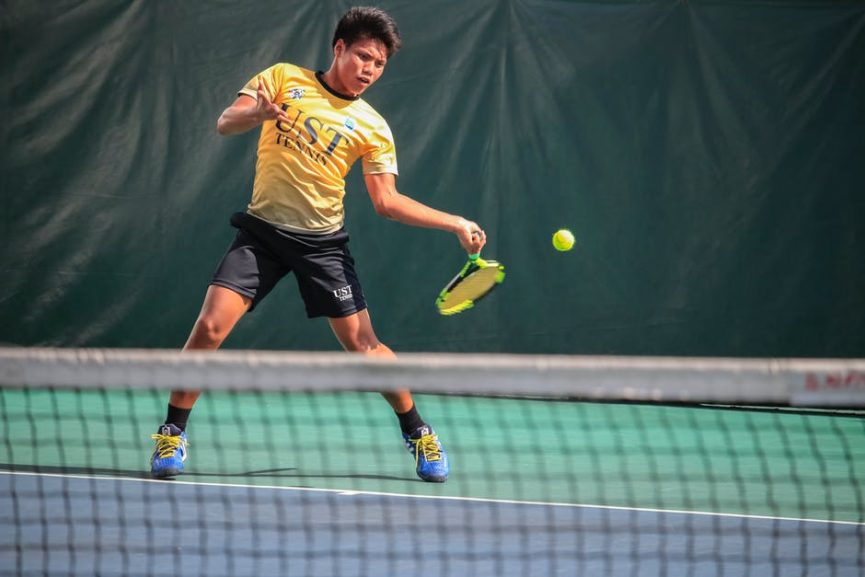Platelet-rich plasma (PRP) is a type of regenerative medicine that has gradually become more mainstream in recent years. It is used today to accelerate the healing of a wide range of conditions, including tennis elbow. Tennis elbow is a common condition affecting tennis players and affects an estimated 1% to 3% of Americans, most commonly those between the ages of 30 and 50 years.
If you are suffering from tennis elbow and are interested in learning more about the potential of PRP, this blog post is for you. Here, your expert team at RejuvenateYourHealth will highlight everything you need to know about tennis elbow, PRP, and how this regenerative medicine is used to treat it. Let’s get started.
What Is Tennis Elbow?
Tennis elbow, also known as lateral epicondylitis, is a painful inflammation of the elbow joint. It is caused by overuse (repetitive stress). The pain is generally centered on the lateral side of the elbow, though it may also radiate down the back of the person’s forearm, with pain heightened when the arm is straightened or fully extended.
This injury typically occurs when the extensor carpi radialis brevis muscle, which helps to raise the wrist, is damaged. Around 50% of tennis players experience tennis elbow, hence the name. That said, it can be triggered by any activity that involves repetitive twisting of the wrist, such as golfing, swimming, using a computer, and turning a key.
Some of the symptoms of tennis include:
- Elbow pain that gradually gets worse
- A weak grip
- Pain extending down to the forearm and wrist
- Pain when lifting objects
- Increase pain when squeezing an object or shaking hands
Tennis Elbow Treatment
PRP injections are one non-surgical treatment option for tennis elbow. Other potential treatment includes include ultrasound therapy, nonsteroidal anti-inflammatory medicines, shock wave therapy, physical therapy, and rest. There are many ways you can get treatment for your pain. Talk to your doctor about your different options and work together to find the right pain management course. Below, we will take a closer look at PRP.
What Is Platelet-Rich Plasma?
Within our blood, there is a liquid component known as plasma, along with solid components including red blood cells, white blood cells, and platelets. The latter plays an important role in the formation of blood clots as well as consists of special proteins that are known as growth factors.
PRP is a high concentration of both platelets and plasma. In a normal blood specimen, there are just 6% platelets, while PRP contains 94% platelets, as well as a far greater concentration of growth factors. This is what gives PRP its greater healing properties.
While this is still a relatively new treatment for conditions such as tennis elbow, it is known to be helpful in alleviating painful symptoms, promoting healing, and delaying the need for surgery.
As well as tendon injuries, PRP is effective at treating conditions such as hair loss, acute injuries, osteoarthritis, and for postsurgical repair.
How Does the PRP Process Work?
The first step during the PRP injection process is for the healthcare professional to draw a sample of your blood. The amount of blood drawn will depend on where the PRP will be injected and the condition it is treating.
Once the blood has been drawn, it is placed into a centrifuge, which spins around rapidly and causes the components in the blood to separate. This process typically takes around 15 minutes to complete.
Next, the separated plasma is prepared for injection into the affected area of the body. An ultrasound is often used to help to pinpoint the specific area for the injection. The PRP is then injected.
Note that the procedure is performed in the office using local anesthesia; it does not require either general anesthesia or hospitalization.
What Does Recovery Look Like?
It is normal to feel some discomfort at the injection site in the days following the procedure and your doctor will likely prescribe pain medication. Cold compresses can be used to alleviate these symptoms. Swelling and soreness may last for up to 48 hours after the injection.
Patients who receive injections in the elbow or shoulder may be placed in a sling for between 48 hours and 1 week. Normal activities can then be resumed, though it is important to avoid strenuous activities such as exercise and heavy lifting after the procedure.
You may not notice an immediate difference after receiving the injection, given that PRP is intended to promote healing. Within a few weeks or months, you may notice that the area begins healing faster than you would have expected.
Are There Any Potential Side Effects
There are minimal risks associated with PRP injections. Potential risks can include:
- Worsening pain
- Infection
- Damage to adjacent tissues or nerves
- Scar tissue formation
- Calcification
Because PRP contains substances that come directly from the patient’s body, there is a reduced risk of an allergic reaction. Your doctor will discuss any potential risks with you and the steps that will be taken to minimize these.
Treating Tennis Elbow With PRP Injections
While PRP injections are still a relatively new treatment, it is a promising option for people suffering from a range of injuries and conditions, such as tennis elbow and other elbow injuries. Note that the treatment has yet to be approved by the Food and Drug Administration (FDA), though it is popular with a number of famous athletes. These include tennis player Rafael Nadal and golfer Tiger Woods.
If you are interested in learning more about PRP injections and treating tennis elbow, speak to our experienced and friendly team today. We specialize in regenerative medicine in the Allentown, PA area. Contact our team here and schedule an appointment.

